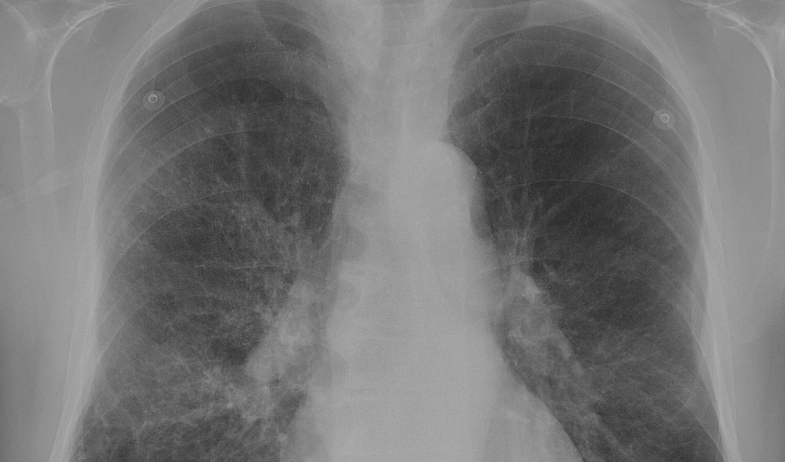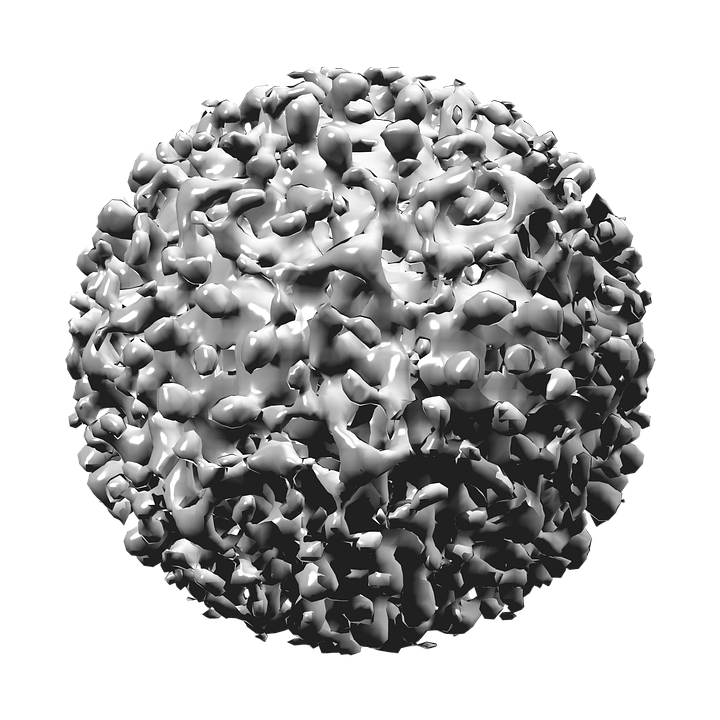Ventricular septal defects, or VSD, refers to an opening in the wall that separates the lower ventricles of the heart. The condition occurs naturally in neonates at a rate of one out of every 250 to 330 births. Normally, the hole closes before the infant is born, which prevents oxygenated blood from combining with unoxygenated blood.
Under normal circumstances, blood enters the right side of the heart and continues into the lungs to receive oxygen. The blood then travels to the left side of the heart and is pumped through the body. But, when VSD occurs, more blood enters the lungs than normal, which stresses the heart and the lungs.
If the hole is small, physicians might hear a murmur when listening to the heart using a stethoscope. Otherwise, the child exhibits no symptoms. The opening is not large enough to add stress. However, if the hole is large, the infant breathes faster and harder than normal secondary to the stress on the heart and lungs. They may also exhibit difficulties when suckling and gasp for breath. Symptoms may occur shortly after the birth of the child. Or, the signs may not appear until weeks later when the lungs become hypertensive. If the child does not receive medical intervention, the lungs and blood vessels may endure irreversible damage.
Small hole defects commonly close without intervention. However, if the defect is deemed to be large, surgical repair is required. The procedure used depends on the size of the defect. Some are easily corrected in a cath lab. If the hole is not extremely large, surgeons may simply sew the detector closed. Other options include surgically applying a fabric or tissue patch over the hole. The patch is later naturally covered by normal tissue that lines the heart.
Banding the pulmonary artery is another option, which reduces the amount of blood that flows into the lungs. The scheduled surgery takes place anytime from early infancy into later childhood depending on the severity of the condition and accompanying symptoms.
Once the defect is medically corrected, the infant or child may resume a normal life. A pediatric cardiologist may advise that the child undergo periodic evaluations to ensure the ongoing health and detect possible complications. In rare cases, a heart valve may develop a leak once the child is older, which also requires intervention.









